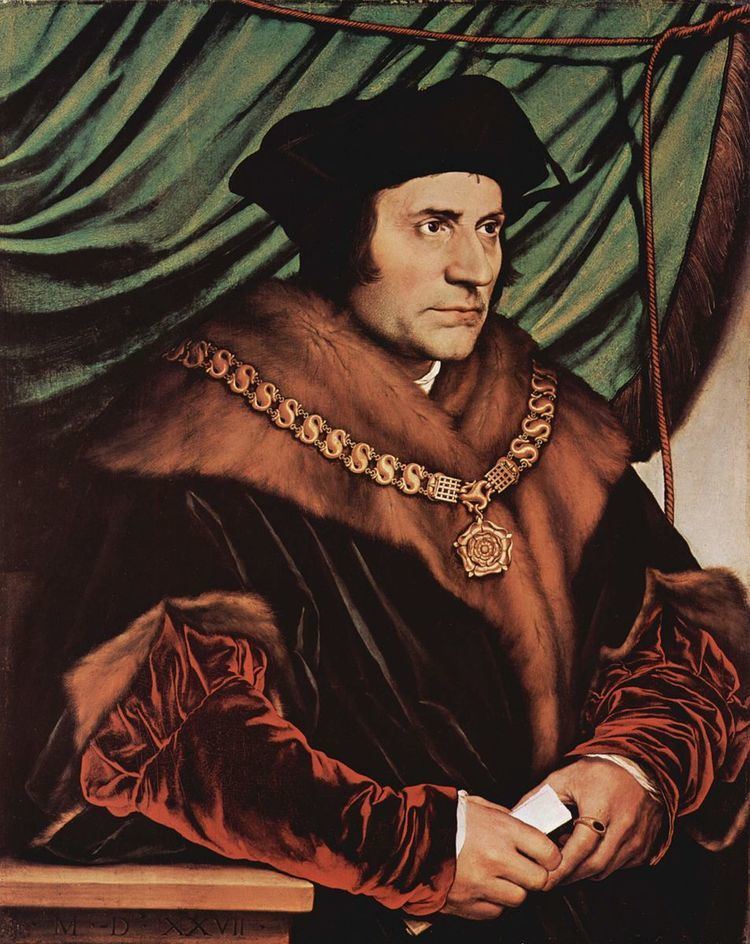Abbreviation KjG Founded 17 June 1970 | ||
 | ||
Formation June 17, 1970; 46 years ago (1970-06-17) Type German non-profit youth organization Purpose association of young Catholics and Catholic local groups Membership 80.000 members in 24 diocesan organizations | ||
Katholische junge gemeinde b blingen stellt sich vor
The "Katholische junge Gemeinde" (short: "KjG") is one of the big German Catholic youth organizations. KjG has a democratic structure and local groups in all over Germany (mainly in Catholic parishes) with in total about 80.000 members. The KjG is a member of the Catholic umbrella of youth organizations Fimcap and the German umbrella of Catholic youth organizations BDKJ.
Contents
- Katholische junge gemeinde b blingen stellt sich vor
- History
- KjG and contemporary worship music
- Patron and Motto
- Emblem
- Local level
- References
History
See also: Overview of the history of KjG on the homepage of KjG (on German)
KjG and contemporary worship music
KjG had a significant influence on the development of contemporary worship music (German: Neues Geistliches Lied, NGL) in Germany.
Patron and Motto
The patron of KjG is Thomas More (1477–1535). The motto of KjG is "I never thought of consenting to a matter, if it would defy my morals." This quote is attributed to Thomas More.
Emblem
The emblem of KjG is called "Seelenbohrer". Literally translated from German this means "soul drill". It was designed in 1967 by Alfred Klever, a designer based in the vicinity of Cologne, in the course of a course on screen printing in Altenberg. It should represent the motto of the joint Pentecostal meeting of KJG and KFG, the predecessor organizations of KjG, in Münster in 1968: "Zur Antwort bereit!" (German for: "Prepared for the answer!"). On this national meeting the meaning of the emblem was explained as follows: "The dot in the center represents Christ, the Good News and the life. The bar moving around the dot symbolizes the humans who, inspired by the center, try to tackle problems and find and give answers. The arrow represents dynamic. Acting based on the solid ground of the Gospel means at the same time to move on and to pursue goals." Another (self-)ironic interpretation of the emblem is that it represents "beating around the bush, closely missing the goal and than move away quickly".
Local level
The 80,000 members are organized in various local groups spread all over Germany. Most local groups are based at a parish. However, local groups can be also located at over places like e.g. schools. Each local group usually has a team of voluntary group leaders which prepare activities like e.g. weekly meetings or camps for children, adolescents and/or young adults. Furthermore, each local group has a board of two or more chairpeople (usually as many female as male chairpeople) coordinating the local group. The chairpeople are elected by the regular assembly of all members of the local group. Usually, all members regardless of their age are eligible to vote (some local groups however require a minimum age of 13 and a maximum age of 27).
